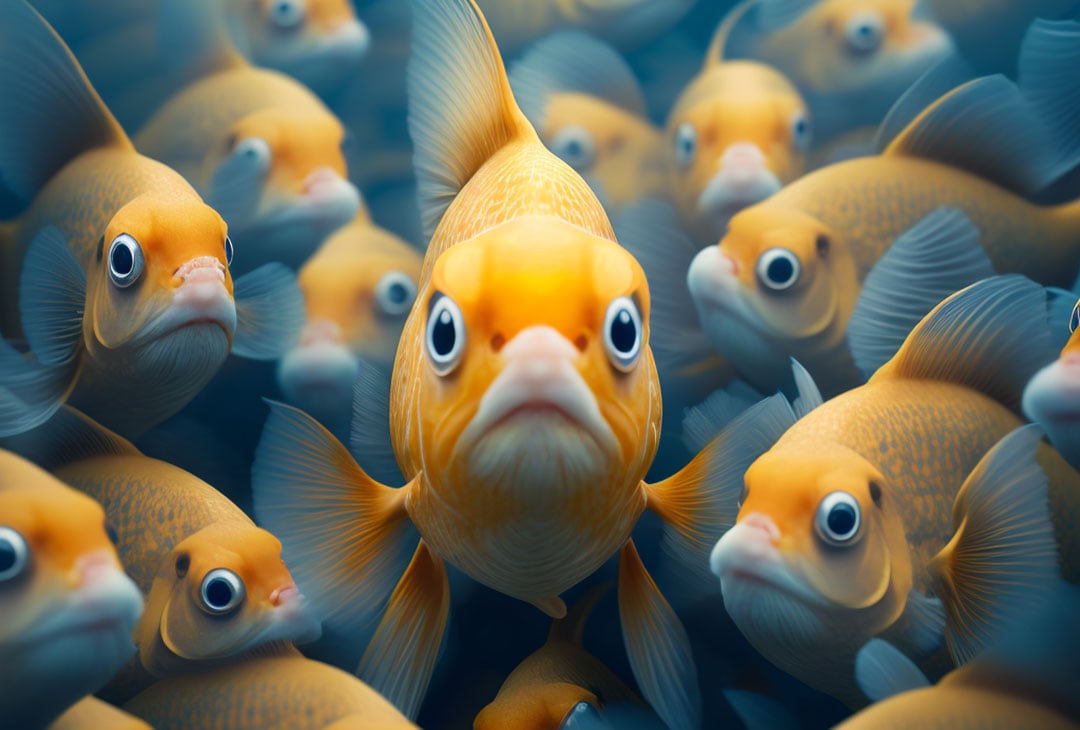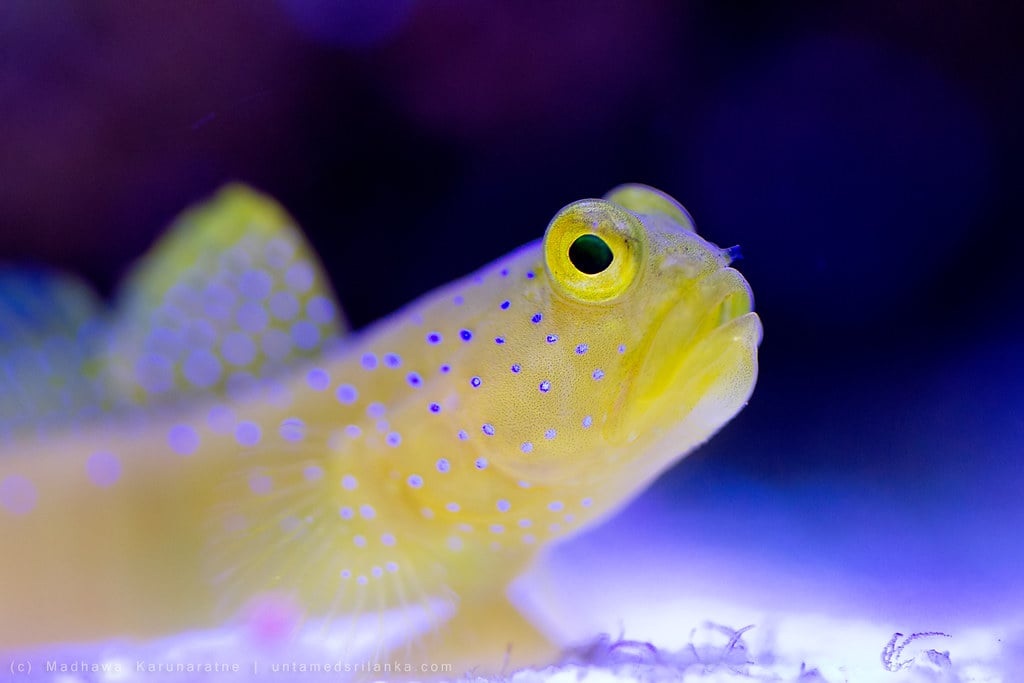This is a pretty niche issue so I’m looking for advice from people who preferably have experience with fancy goldfish. They are usually highly inbred and do often not adhere to regular fishkeeping practices
I have more and more fish that seem to get issues with mostly positive buoyancy (one with negative buoyancy).
I only feed with sinking pellets and always presoaked. I have tried raising the temperature, starving them for 3 days and feeding descale boiled peas.
I have also tried adding salt. Nothing has any long lasting effect.
I am now considering using yellow powder (funox) as I suspect bacteria to be the cause of it.
Out of 18 fish only a few swim with the belly up periodically. Many og the rest seem to be struggling with boyancy nonetheless.
Parameters seem ok. Ammonia and nitrite are always 0. Nitrate is maximum 20. I do weekly water changes of 50%-70% The water is pretty hard and PH is high but I think keeping it like this is better than trying to lower it and maybe exposing them to fluctuating parameters.
The only other issue I can suspect is that I use tapwater and not old water. There is not chlorine in our tap water so I feel it is safe.
What are your thoughts about my situation? Is my considered next step, of treating for bacteria valid? What would you do? I do not have access to aquatic vets and no access to microscope.


I agree not to use any pH modifying chemicals, if it’s higher than like 8.5 you could think about adding some peat to the filter but our water is like that too, I don’t bother with it personally.
What are the parameters of your water change water that you’re adding? What is your stocking density like? Are you temperature matching your water change water with the same thermometer used in your tank? You have to be careful about the temperature fluctuations with such large changes.
If your ammonia and nitrate (and nitrite) are always good - and keep in mind you do have to shake the everliving shit out of that nitrate #2 bottle to get accurate results - then I would consider doing more smaller water changes. If you are using dip sticks to evaluate your water, you should buy a liquid test kit instead.
A varied diet never hurts, try getting a second type of good quality goldfish diet and feeding both. They also love duckweed of course so you could grow that on the windowsill to supplement their diet and add some fiber.
Are all your fish the same type from the same stock? It could be a genetic problem.
Medications of course can be used when the situation calls for it, but if that is not the problem you risk harming your fish more, as medicating is almost always quite stressful. I wouldn’t jump to it yet especially if you don’t have any mortality. If you do have mortality, would you be comfortable dissecting one to look at the swim bladder?
Hey! thanks for this. Some good pointers for sure!
Besides the ammonia, nitrite and nitrate, i havent tested much on the tap water. I did confirm that it has no clorine or chloramine, and also checked that is has no phosphates recently because of an issue with black beard algae that i also seem to struggle with. What would you test for in tap water?
It is a 720 liter (190 gal), with 12 fish in it (most of them small though, only 2 that are fairly large, but still just fancy goldfish, no commons). My other tank is 530 lit (140 gal) with 4 fish, but that is mostly a quarantine tank at the moment. Both heavilly filtrated with canister and DIY biological filtration
To be fair, this could be an issue. I do water changes every 7-10 days, not because the nitrates are high, but mostly to just keep the water fresh (and the alleged hormone production down). Because of the size of the tank, our heater runs out of warm water, so the temps match pretty well to start with, but the last 10-20% may be substatially colder. I havent given it too much attention though, because others that i speak to just pour ice cold water into the tank, and don’t think about it (or have any issues). I am pretty certain that all of the nitrogen circle values are fine. I have extreme over filtration, so I am certain that both ammonia and nitrites break down more or less instantly, but more and small water changes could be a way forward (although it would be a lot more work)
I do experiment with many different pellets. Currently i use two types, but i have had up to 8 different types(!) and suspected some of them to be worsening the issue actually. They also get veggies and artemia/bloodworms. In regards to veggies i give them peas, broccoli and spinnach
No and this is why i am mostly concerned. If it was one or two, i could accept it as a genetic prblem. But i have multiple fish from multiple breeders and even more rescues. It does seem like the more extreme body shapes do worse (short bodies, tall backs and small tails seem to have bigger issues that regular fan tails). But i believe that something is causing them to be the first to be attacked by this condition.
I have had no mortalities, but I have euthanised a few that were really struggling. I wouldn’t mind dissecting, but i wouldn’t know how or what to look at. The good news is, that i have a vet that would be willing to help, even though she probably whould’t know what to look at either. I could even have x-rays taken if needed, but still the vet would have no idea about it. I am fortunate to be in contact vets around me who are honest but willing to help as long as they are sure the fish don’t suffer.